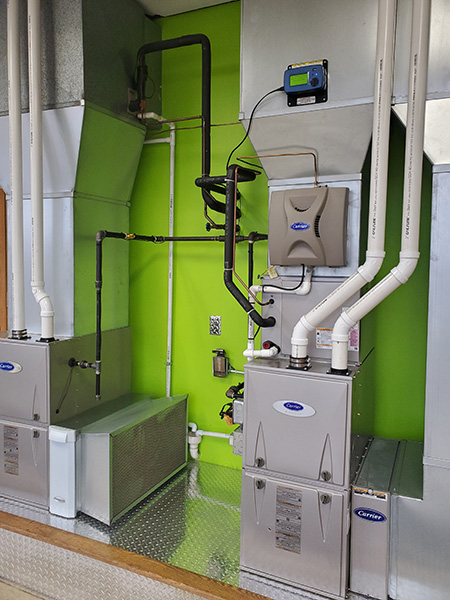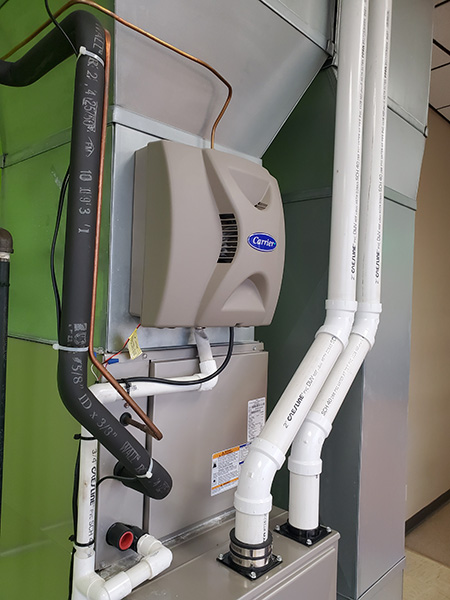
 Hand warmers. Hot chocolate. Thermal underwear.
Hand warmers. Hot chocolate. Thermal underwear.
As temperatures drop around the country, people are starting to crank up the heat on their thermostats and break out their favorite cold-weather remedies.
How About Some Humidity?
Although residents’ thoughts rarely go beyond their furnaces, humidity and indoor air quality can have a major effect on their homes during the cold winter months. “Proper humidity, air filtration and air purification can really add to their overall comfort and wellbeing,” says Hank Artlip, president of Artlip and Sons Inc. based in Aurora, Ill.
It’s Not the Heat, It’s the Humidity
With temperatures dipping for prolonged periods, the air inside homes can grow exceedingly dry. While single-room humidifiers may work for adding moisture in some cases, humidifiers that cover the entire house offer a more effective solution, according to Artlip. That becomes especially important in colder climates such as the Midwest during the winter months.

Newer technology includes temperature-compensating humidifiers. These humidifiers constantly monitor outdoor temperature, trying to maintain optimal humidity inside homes without creating issues such as excessive moisture on windows and doors. As an added benefit, adding moisture inside the home can also save energy, which means residents can keep the temperature on their thermostats lower and still be comfortable.
“Dry air can make you feel colder, adding humidity allows you to feel more comfortable at normal temperatures.” Artlip says.
Additionally, humidifiers offer health benefits. According to the National Institutes of Health, research indicates that the flu virus thrives in dry air. As such, raising the humidity in your home to appropriate levels appears to make it a less attractive breeding ground for influenza.
A Year-Round Battle
Of course, air filtration and purification systems help contribute to a healthy home environment as well. As the Environmental Protection Agency (EPA) points out, “using a portable air cleaner and/or upgrading the air filter in your furnace or central heating, ventilation, and air-conditioning (HVAC) system can help to improve indoor air quality.”
According to Artlip, the filters that come standard with furnaces typically just protect the equipment. Cleaner air comes from installing filters with higher Minimum Efficiency Reporting Values (MERV). The higher an air filter’s MERV rating, the smaller the particles that it captures from the air. Fine particles are associated with increased health problems, so the EPA recommends using furnace filters with as high a MERV rating as the system will allow — at least a MERV 13 rating.
Artlip emphasizes that even though it seems to take on greater importance in the winter, maintaining indoor air quality doesn’t end when the seasons change.
“It’s a year-round battle: us against Mother Nature,” he says. “Whether it’s 10 below or 95 degrees and humid outside, you’re always working to keep your house at a comfortable temperature and humidity level.”